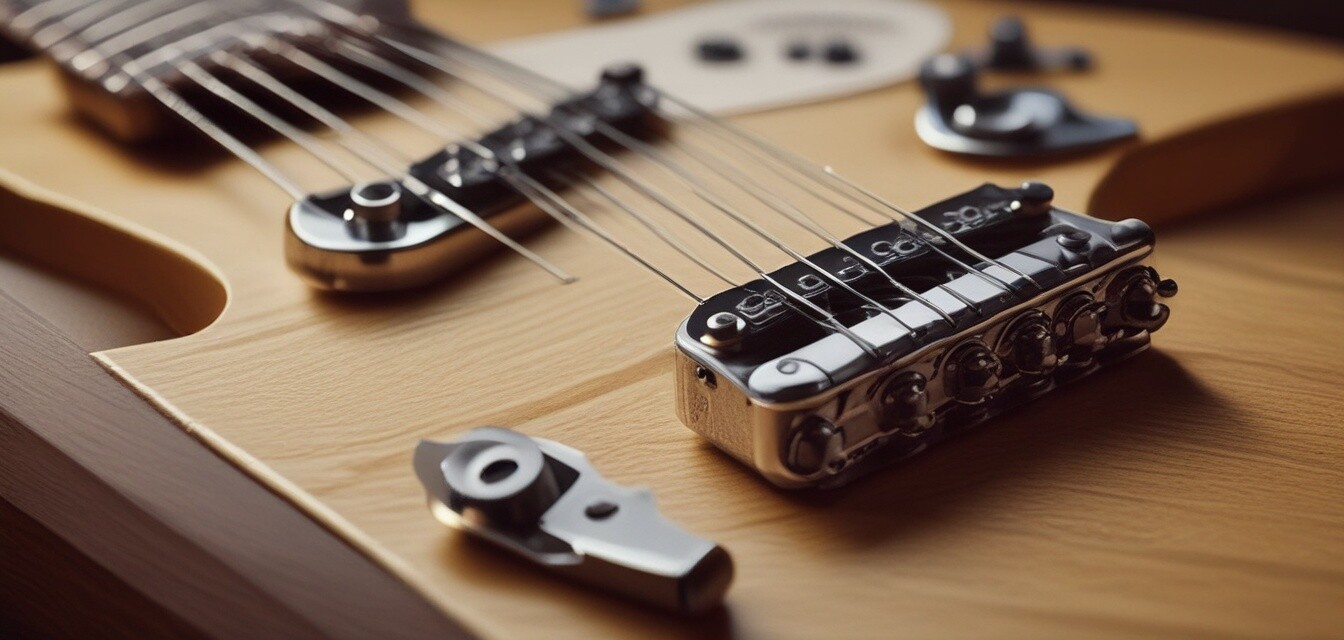
Understanding Fender Guitar Adjustments and Setup
Key Takeaways
- Proper adjustments can enhance your Fender guitar's playability.
- Understanding the importance of neck relief, action, and intonation is vital.
- Regular maintenance can prolong the life of your instrument.
- Making small adjustments can have a significant impact on sound quality.
- Consider consulting a professional if you're unsure about making adjustments yourself.
Making the right adjustments to your Fender guitar can significantly enhance both its playability and sound quality. Whether you are a beginner just starting out or a seasoned player, knowing how to set up your guitar is essential. In this guide, we will cover the key elements of Fender guitar adjustments, including neck relief, action, intonation, and more. This knowledge will empower you to get the best out of your instrument.
Why is Guitar Setup Important?
A well-set-up guitar is easier to play, sounds better, and can even inspire creativity. The adjustments make a significant difference in how the guitar feels and responds to your playing style. Here are some critical factors to consider:
- Ensures comfort while playing
- Enhances sound production and quality
- Helps maintain the guitar's structure and longevity
Key Adjustments to Consider
| Adjustment Type | Description | Importance |
|---|---|---|
| Neck Relief | The slight curve of the neck affects string height. | Prevents buzzing and improves playability. |
| Action | The height of the strings above the fretboard. | Impacts playability and tone; too high makes it hard to play, too low causes buzzing. |
| Intonation | Ensures the guitar plays in tune along the fretboard. | Essential for accurate pitch across all strings. |
| Pickup Height | The distance of pickups from strings affects output. | Influences tone and volume of the guitar. |
Step-by-Step Guide to Adjustments
1. Adjusting Neck Relief
- Identify the area to adjust. Usually, this is done at the truss rod located at the headstock or body end of the neck.
- Check the current relief by pressing down a string at the first and last fret and measuring the gap at the 8th fret. A gap of around 0.25mm is usually ideal.
- Use an appropriate tool to tighten or loosen the truss rod to adjust neck relief.
- Re-check the gap after adjustments.
2. Setting the Action
- Measure the action at the 12th fret using a ruler.
- Decide whether to raise or lower the action based on taste and playability.
- Adjust the bridge saddles accordingly to achieve the desired string height.
3. Intonation Adjustment
- Use a tuner to check the pitch of the open string versus the 12th fret note.
- If the fretted note is sharp, move the saddle back; if flat, move it forward.
- Repeat this process for all strings.
4. Pickup Height Adjustment
- Measure the distance from the pickup to the strings, typically 1-2mm when pressed down at the last fret.
- Adjust the pickup screws to raise or lower the pickups.
- Test play to check if the sound meets your preference.
Tips for Beginners
- Start with small adjustments to avoid overshooting.
- Keep notes of your settings for future reference.
- Consider watching tutorial videos for visual guidance.
- Don’t be afraid to seek professional help if needed.
When to Seek Professional Help
While many adjustments can be made at home, some situations may warrant professional assistance. If you're unsure about making a significant change, or if your guitar has structural issues, it’s wise to consult a skilled guitar technician.
Maintaining Your Fender Guitar
Regular maintenance of your Fender guitar is necessary to ensure it stays in top shape. Here are a few maintenance tips to consider:
- Keep your guitar clean and free of dust.
- Change the strings regularly and consider the type of strings suitable for your guitar.
- Store your guitar in a suitable environment, away from extreme temperatures and humidity.
- Schedule an annual professional setup to keep everything in check.
Conclusion
Understanding and implementing proper adjustments can make a world of difference in how your Fender guitar plays and sounds. Don't hesitate to explore these adjustments and maintain your instrument. For further reading on buying the right Fender guitar, check out our comprehensive Buying Guides. Remember, a well-maintained guitar is a happy guitar.
Pros
- Improved playability and comfort.
- Enhanced sound quality and tone.
- Extended lifespan of the instrument.
Cons
- Requires basic understanding and tools.
- Improper adjustments can damage the guitar.